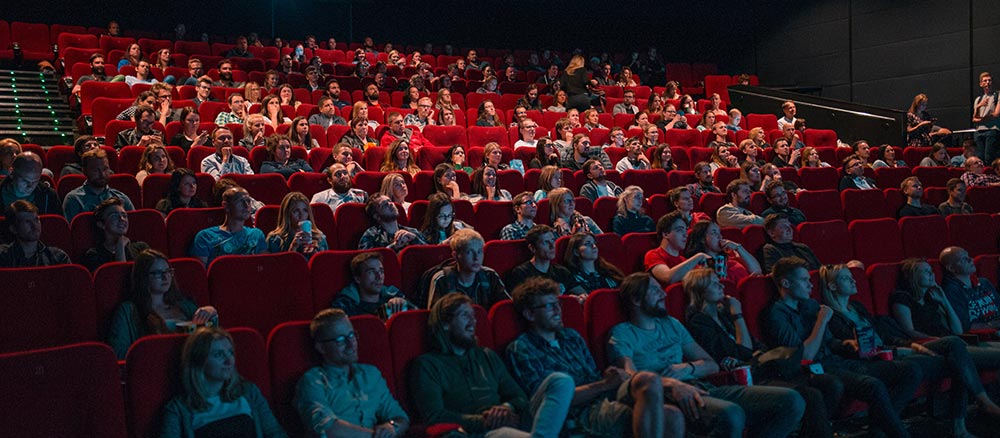
Gamification in Everyday Life: More Than Just Points and Badges
When you hear the term "gamification," what comes to mind? Is it merely about adding badges, points, and leaderboards to non-game environments? While these elements can be a part of gamification, the concept extends far beyond that. Gamification is changing the way we interact with technology, perform our jobs, and even conduct our daily lives. Let's explore how gamification is making its mark in various sectors, offering more than just superficial rewards.
What is Gamification?
Gamification refers to the application of game mechanics and design techniques to non-game contexts. The aim is to encourage engagement, increase motivation, or facilitate learning. However, gamification is not about turning tasks into games but borrowing elements from game design to enhance the user experience.
Fitness and Health
Fitness apps often employ gamification to keep users engaged. Features like activity badges, competition with friends, and unlocking achievements not only make the fitness journey more engaging but also create a sense of accomplishment. It's not just about counting steps; it's about embarking on a health "quest."
Workplace Productivity
Gamification is transforming workplace environments as well. Employee training programs are increasingly integrating game-like elements to boost engagement and retention. Software platforms use points and badges to incentivize productivity, making the mundane tasks a bit more exciting.
Education and Learning
Educational platforms use gamification to make learning more interactive and enjoyable. Apps offer bite-sized lessons in the form of quizzes, missions, and challenges. This enhances the learners' ability to retain and apply new knowledge.
Sustainability and Social Causes
Apps like Ecosia gamify the act of tree planting—every search leads to a planted tree. The gamification elements act as a catalyst for a larger, social cause, making the act of giving more interactive and engaging.
The Psychological Angle
Beyond points and badges, gamification taps into human psychology. It utilizes our innate desire for competition, achievement, and social recognition to promote behaviors that may otherwise seem monotonous or challenging.
Limitations and Criticisms
While gamification has its merits, it's crucial to implement it thoughtfully. Poorly designed gamification can lead to decreased motivation and engagement. It can also create a superficial sense of achievement, detracting from the intrinsic values of tasks.
Gamification is revolutionizing how we engage with the world around us. It's a tool that, when used wisely, can add a layer of motivation and engagement to various aspects of our lives, from work to personal growth and social activism. However, it's important to remember that gamification is a tool, not a solution. The real-world impact comes from how skillfully this tool is wielded.